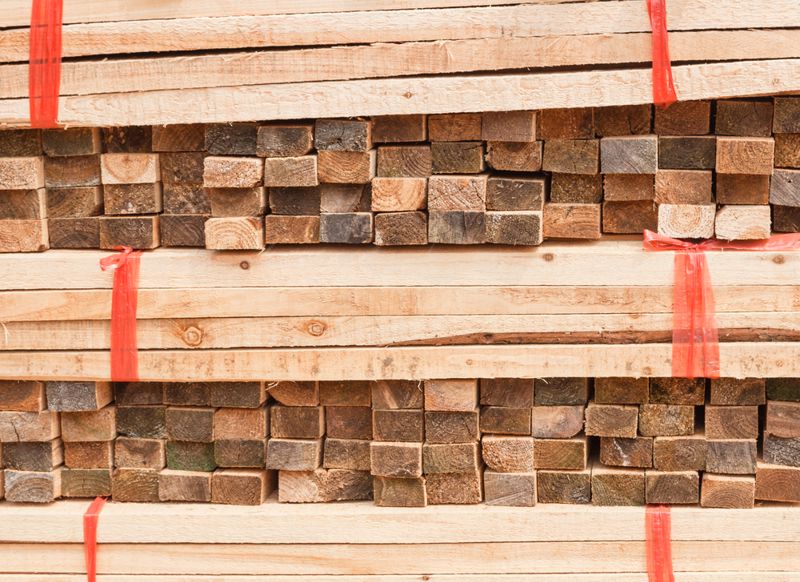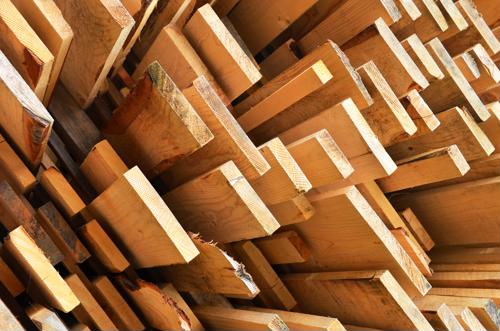Softwood lumber prices rose more than 9% in October on a seasonally adjusted basis, according to the most recent Producer Price Index released by the Bureau of Labor Statistics. This marks the first monthly increase in softwood lumber since May.
Lumber is one of numerous commodities experiencing dramatic price growth, largely due to limited quantities of said commodities. According to the Institute for Supply Chain Management, prices rose for over two dozen commodities in October, including adhesives, aluminum, copper, corrugate, diesel fuel and electrical components, as well as pallets and steel.
Building materials prices as a whole have also climbed, although not quite as substantially as softwood lumber, which is primarily used for interior moldings, framing and windows. As highlighted by the National Association of Home Builders, the cost for ready-mix concrete, gypsum and steel mill products all rose in October from August, up 0.6%, 2.1% and nearly 5%, respectively. And on a year-to-date basis, prices for those building products have soared — by nearly 117% for steel mill products.

What is causing lumber prices to increase?
Several factors appear to be contributing to the price pressures. One is the elevated rate of home buying — and the speed with which newly listed properties are purchased. In October, existing-home sales totaled approximately 6.3 million on a seasonally adjusted basis, according to the National Association of Realtors. More than 80% of the houses listed in October were sold within a month's time or less.
Another factor is the amount of lumber that builders wind up using with each construction project. For example, according to the National Association of Home Builders' analysis of quarterly home starts data released by the Census Bureau, the median square footage for a single-family house completed in the third quarter was 2,337 square feet. That's up from 2,299 in the second quarter and 2,273 in the third quarter of 2020. The average square footage also rose, totaling 2,541 square feet from 2,540 in the second quarter and 2,479 in the corresponding period from last year.
Tariffs are an additional inflationary pressure on wood. In November, the Department of Commerce nearly doubled tariffs on lumber originating from Canada to 17.9% from what was 9%. Perhaps unsurprisingly, the decision has been roundly condemned by several lawmakers as well as industry trade groups, including the National Association of Realtors and the National Association of Home Builders.
Chuck Fowke, NAHB chairman, warned that this action will make a challenging situation for developers as well as home buyers that much worse.
"Doubling the tariffs will only exacerbate market volatility, put upward pressure on lumber prices and make housing more expensive," Fowke said.
Senators from New Hampshire and Kansas have since reached out to Commerce Secretary Gina Raimondo, urging the department and the Biden administration to reconsider.



Post A Comment:
0 comments so far,add yours